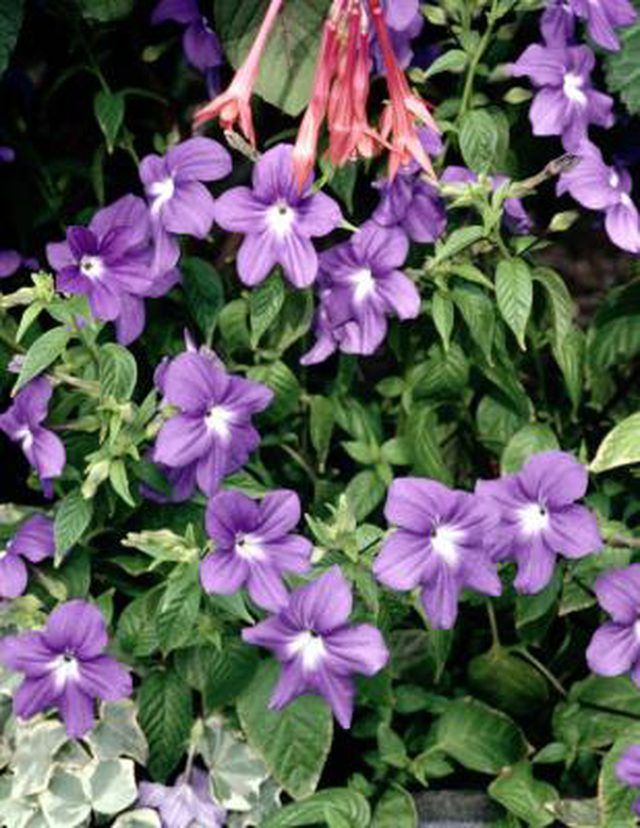Bulbs
Flower Basics
Flower Beds & Specialty Gardens
Flower Garden
Garden Furniture
Garden Gnomes
Garden Seeds
Garden Sheds
Garden Statues
Garden Tools & Supplies
Gardening Basics
Green & Organic
Groundcovers & Vines
Growing Annuals
Growing Basil
Growing Beans
Growing Berries
Growing Blueberries
Growing Cactus
Growing Corn
Growing Cotton
Growing Edibles
Growing Flowers
Growing Garlic
Growing Grapes
Growing Grass
Growing Herbs
Growing Jasmine
Growing Mint
Growing Mushrooms
Orchids
Growing Peanuts
Growing Perennials
Growing Plants
Growing Rosemary
Growing Roses
Growing Strawberries
Growing Sunflowers
Growing Thyme
Growing Tomatoes
Growing Tulips
Growing Vegetables
Herb Basics
Herb Garden
Indoor Growing
Landscaping Basics
Landscaping Patios
Landscaping Plants
Landscaping Shrubs
Landscaping Trees
Landscaping Walks & Pathways
Lawn Basics
Lawn Maintenance
Lawn Mowers
Lawn Ornaments
Lawn Planting
Lawn Tools
Outdoor Growing
Overall Landscape Planning
Pests, Weeds & Problems
Plant Basics
Rock Garden
Rose Garden
Shrubs
Soil
Specialty Gardens
Trees
Vegetable Garden
Yard Maintenance
Vinca Leaves Are Turning Yellow
Vinca Leaves Are Turning Yellow. Vinca (Vinca minor), also referred to as periwinkle and myrtle, is an evergreen groundcover that grows up to 6 inches tall. The plant blooms with bluish-purple, lavender or white flowers and has elliptical, glossy foliage. A fungal disease leads to yellowing vinca foliage.

Vinca (Vinca minor), also referred to as periwinkle and myrtle, is an evergreen groundcover that grows up to 6 inches tall. The plant blooms with bluish-purple, lavender or white flowers and has elliptical, glossy foliage. A fungal disease leads to yellowing vinca foliage.
Identification
Vinca is susceptible to verticillium wilt, a fungal disease caused by Verticillium dahliae and V. albo-atrum. The soil-borne fungi usually infect plants during cool weather and the symptoms start to appear as the temperatures start to get warmer. Damage is more pronounced in culturally stressed plants.
Damage
The disease is characterized by wilting foliage of infected vinca plants. The leaves start to yellow at the margins and then between the veins. As disease progresses, leaves turn brown and die. Damage starts from the base of plant and moves upwards. The older foliage is often damaged earlier than the younger leaves.
Management
Use resistant plant varieties in areas with known cases of verticillium. Obtain plants from reliable sources. The University of California Extension recommends solarizing soil to reduce chances of infection.